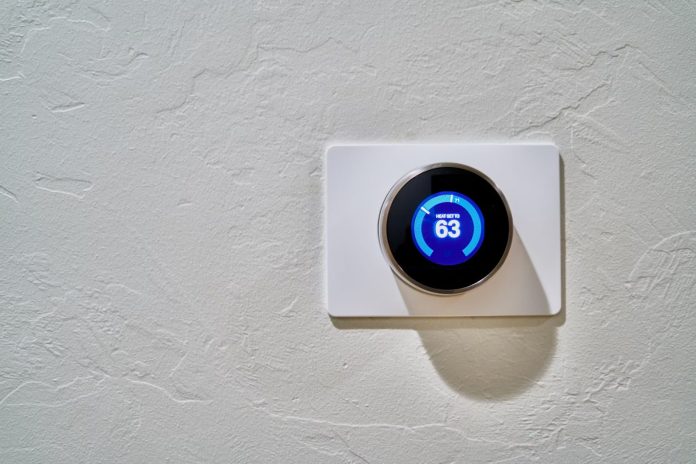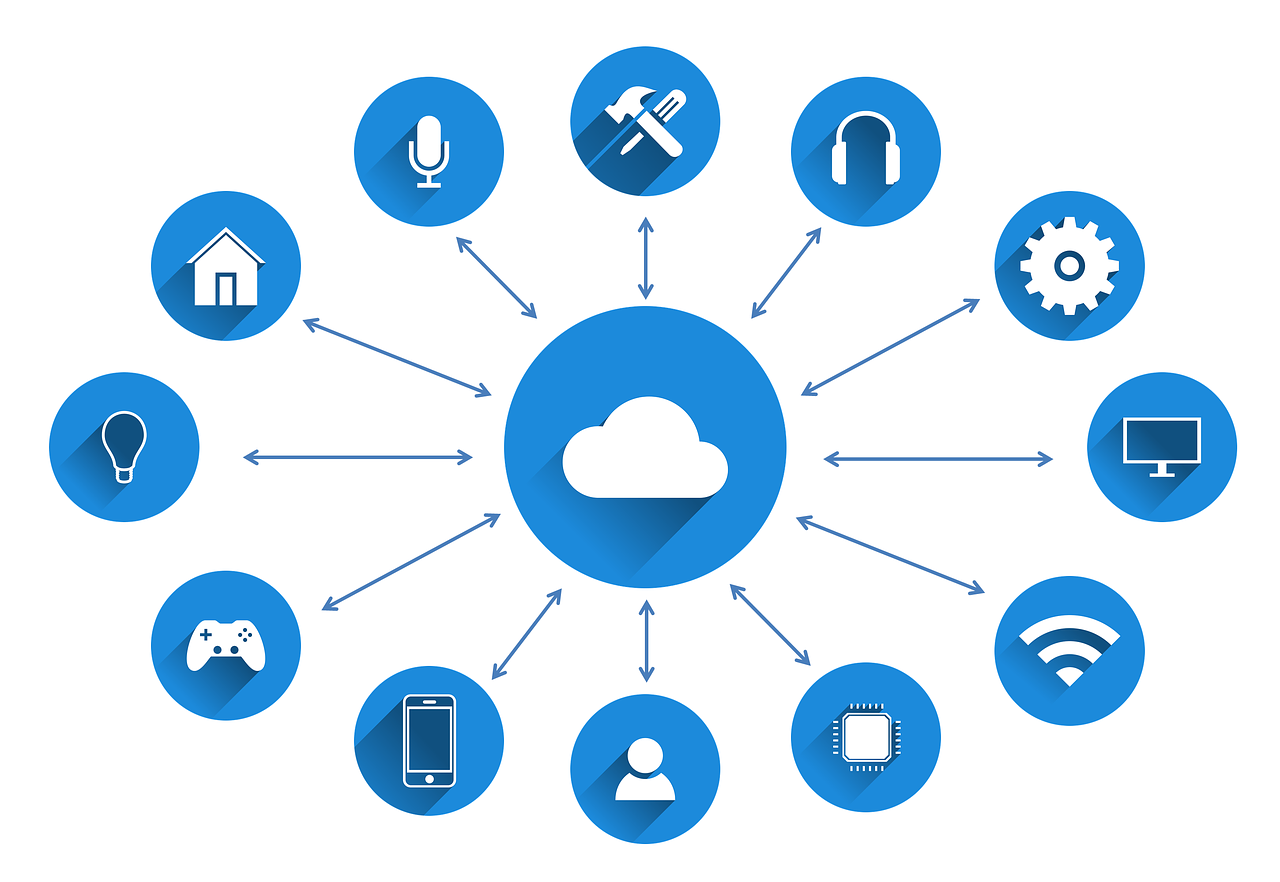Here, I will talk about IoT technologies and trends.
These days, the Internet of Things (IoT) is considered one of the most promising technologies with the hugest potential to change a lot of industries and, consequently, many processes and tasks in our daily and professional lives.
The IoT market is actively expanding. It is predicted that in 2023, the IoT market’s total revenue will reach $1,177 billion. This is an impressive figure, but analysts forecast that the industry will be able to get even more funds in the future.
Today, IoT-powered solutions already have a lot of use cases. They are applied to automate multiple processes within numerous industries to increase product safety, productivity, efficiency, and quality thanks to real-time access to valuable data.
With the expansion of such products’ functionality and the introduction of new advancements in this field, the popularity of IoT systems is growing. This trend can be a good explanation for the increase in demand for the services of the top IoT providers.
Reaching the desired results is not enough to deliver a solution. It is also necessary to ensure that this solution is reliable and secure enough and can be seamlessly integrated into your broader IT system.
Another important thing to do if you want to fully leverage all the opportunities that the Internet of Things offers is to analyze the ongoing situation in the industry, detect the latest trends, and ensure that the most relevant technologies will power your product.
To help you with this task, we’ve prepared the following short overview of the current IoT technologies and trends.
Table of Contents
IoT And Blockchain
These two emerging technologies can be used together and become an excellent symbiosis. Thanks to the introduction of blockchain, it is possible to greatly increase security, transparency, and trust in IoT systems.
Unfortunately, it’s worth admitting that IoT devices are often vulnerable to attacks. It is explained by the fact that they are connected to the internet (or the local network). This means that malicious actors can easily target them.
With the implementation of the blockchain, it becomes possible to rely on a secure and tamper-resistant ledger to store information about IoT devices and their data. By applying blockchain for device authentication and access control, you can also enhance the entire security of IoT ecosystems.
Moreover, thanks to smart contracts that can be issued on blockchain networks, it is possible to automate many actions efficiently. When predefined conditions are met, these contracts will be executed simultaneously.
Digital Twins
A digital twin represents a physical item or process in a virtual format. These representations can be applied to individual devices, systems, or even cities. They can be described as detailed, real-time digital replicas and can be used for tracking, analysis, and simulation.
Thanks to the capability of IoT devices to collect real-time data from physical assets, such as machinery, vehicles, or infrastructure, it is possible to increase the accuracy and efficiency of such digital twins. The collected data is sent to the corresponding digital twin for analysis.
As such solutions are created to provide insights into optimizing operations, they need to analyze the freshest data. That’s exactly what IoT devices can provide.
In general, integrating IoT and digital twins provides a wide range of advantages across various industries, including but not limited to manufacturing, healthcare, smart cities, and many others.
It helps companies gain highly valuable insights into their operations and the performance of their machinery, equipment, tools, and production lines, enhance decision-making, and optimize their business processes while minimizing risks and costs.
5G
Another technology that has an important impact on developing IoT systems is 5G. IoT solutions can demonstrate the best performance only when they have permanent access to the latest data IoT sensors collect.
Real-time data transmission is essential for autonomous vehicles, remote surgery, smart city infrastructure, and other IoT cases. IoT systems can’t fulfill their tasks if the connection is lost or not stable enough. However, the introduction of 5G connectivity can change the game.
5G networks offer ultra-fast data speeds, significantly reducing latency compared to previous generations of wireless technology.
5G networks support many devices per square kilometer, which is important for the proliferation of IoT devices. This scalability allows for deploying sensors and devices across various industries, including agriculture, manufacturing, healthcare, and smart homes.
IoT Technologies and Trends: Frequently Asked Questions
What are the future trends of IoT technologies?
The future of IoT is brimming with potential. Here are some exciting trends to watch:
- AIoT (Artificial Intelligence of Things): Merging AI with IoT creates intelligent devices that can learn, adapt, and anticipate user needs. Imagine smart thermostats that adjust to your preferences or refrigerators that order groceries when running low.
- Edge Computing: Processing data closer to where it’s generated (on devices or local servers) reduces latency and improves efficiency for bandwidth-intensive applications.
- Cybersecurity advancements: As the number of connected devices explodes, robust security measures are crucial. We’ll see advancements in encryption, authentication, and threat detection to safeguard IoT ecosystems.
- Focus on interoperability: Ensuring seamless communication between devices from various manufacturers will be key to creating a truly unified IoT experience.
- The rise of low-power wide-area networks (LPWAN): These networks enable long-range communication for battery-powered devices, expanding the reach of IoT applications.
What are the current IoT technologies?
Current IoT technologies are already transforming various industries. Here are some notable examples:
- Smart homes: Connected thermostats, lighting systems, appliances, and security devices create automated and personalized living environments.
- Wearable technology: Smartwatches, fitness trackers, and health monitors collect user data for health and wellness insights.
- Industrial IoT (IIoT): Sensors in manufacturing facilities monitor equipment performance, predict maintenance needs, and optimize production processes.
- Smart cities: Connected infrastructure enables efficient traffic management, waste collection, utility management, and environmental monitoring.
What is the trend of IoT-connected devices?
The trend for connected devices is a sharp upward trajectory. Forecasts predict a massive increase in connected devices in the coming years, reaching tens of billions globally. This growth will be driven by factors like:
- Decreasing sensor costs: Making it more affordable to integrate sensors into everyday objects.
- Improved connectivity options: Advancements in network technologies like 5G will facilitate widespread IoT adoption.
- Growing demand for automation and remote monitoring: People and businesses increasingly seek connected solutions for convenience and efficiency.
What is the trend in IoT in 2025?
Looking ahead to 2025, we can expect even deeper integration of AI and IoT, leading to more intelligent and autonomous devices. Security will remain a top priority, with advancements in authentication and encryption methods.
Additionally, interoperability standards will likely become more prominent, allowing devices from different manufacturers to work together seamlessly. The focus on sustainability is expected to grow, with IoT solutions used to optimize energy usage and promote environmentally friendly practices. Overall, 2025 promises to be a pivotal year for IoT’s continued growth and evolution.
Conclusion
The Internet of Things is a rapidly evolving field. The solutions regularly introduced by various businesses are gradually becoming more and more advanced. However, it is worth bearing in mind that some basic issues may obstruct the introduction of further innovations.
Among these issues, we can name security and data protection risks, dependency on the battery life of devices, and poor connection. Such problems should be efficiently addressed shortly to allow the industry to develop further.
INTERESTING POSTS
About the Author:
Daniel Segun is the Founder and CEO of SecureBlitz Cybersecurity Media, with a background in Computer Science and Digital Marketing. When not writing, he's probably busy designing graphics or developing websites.








